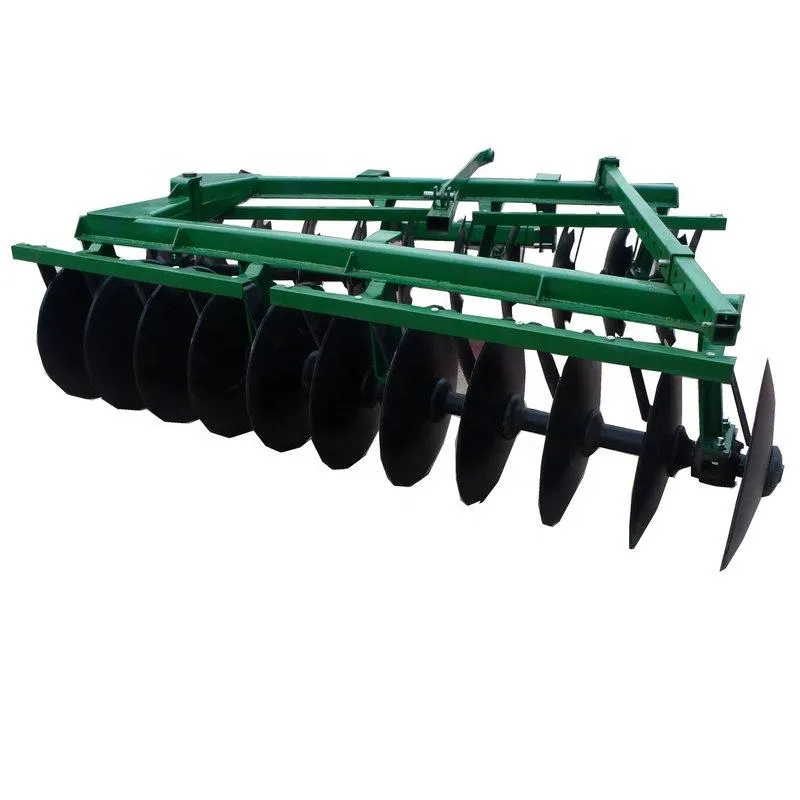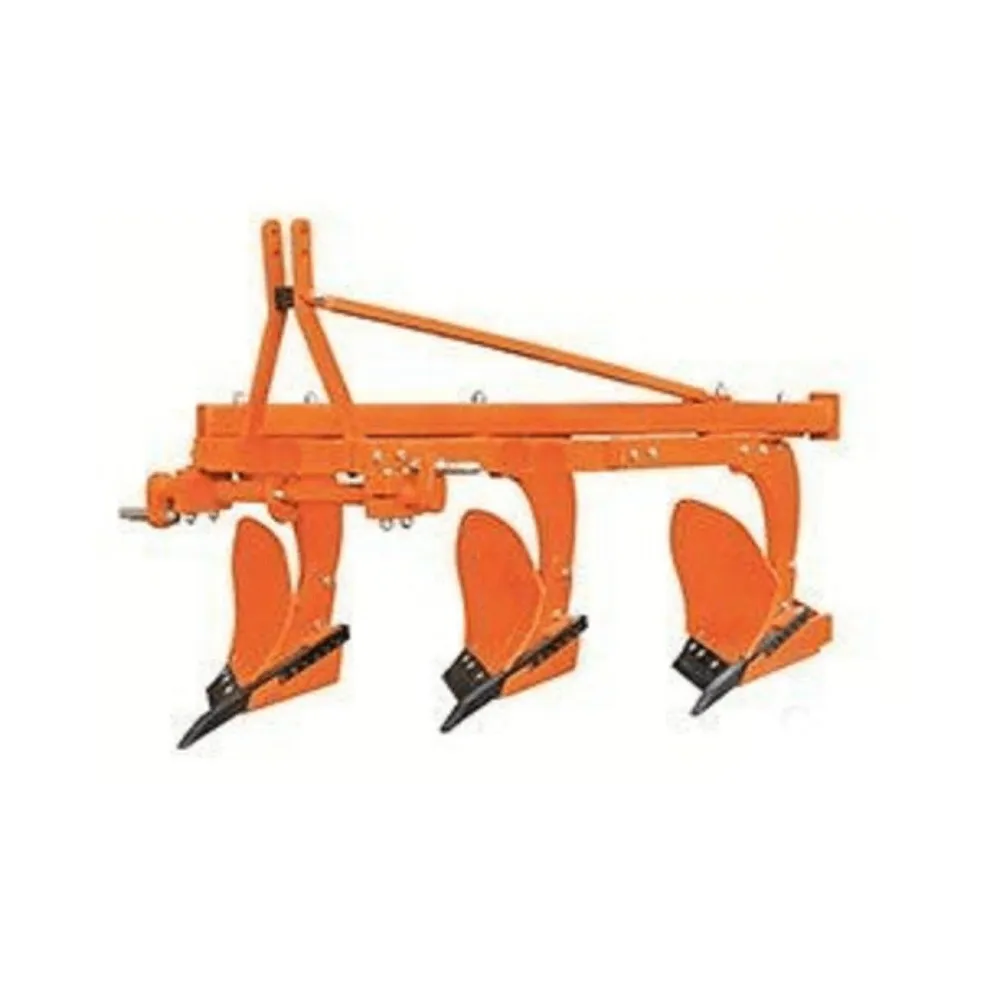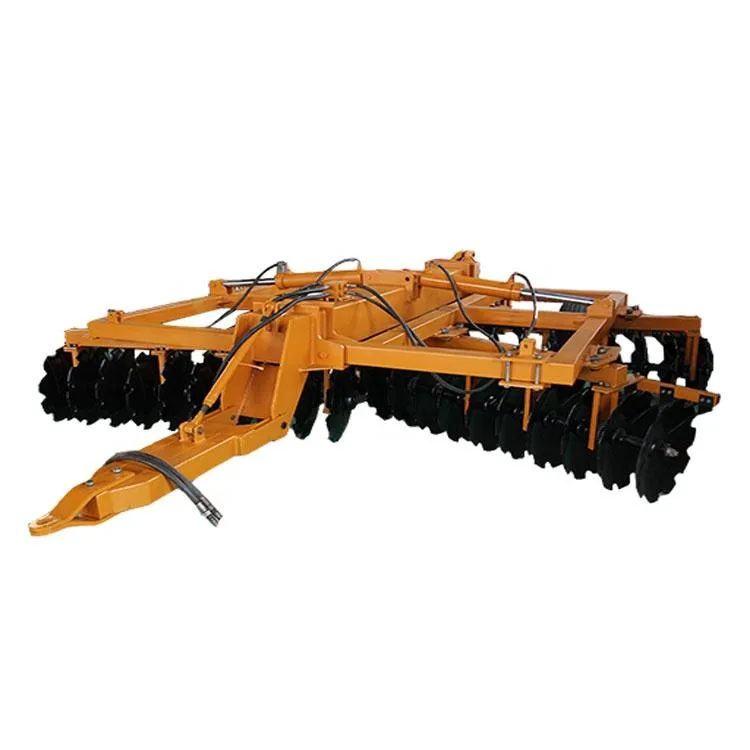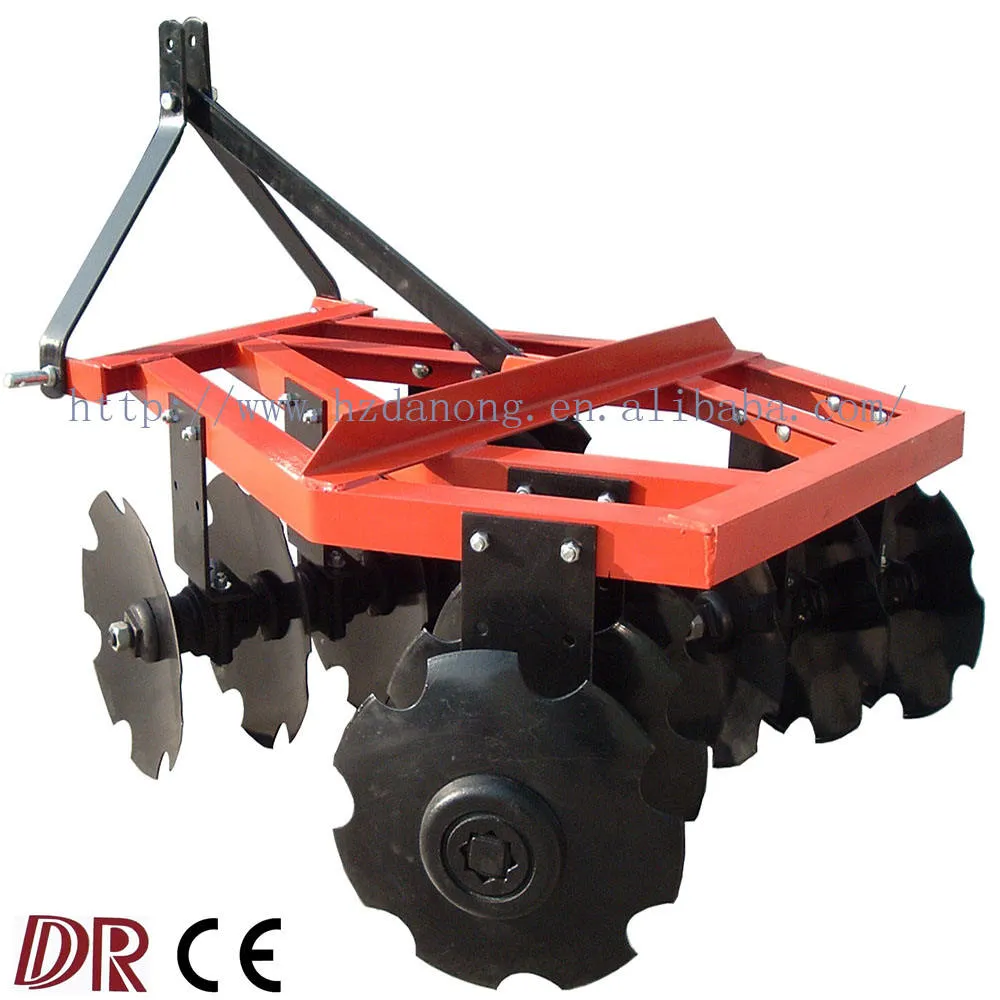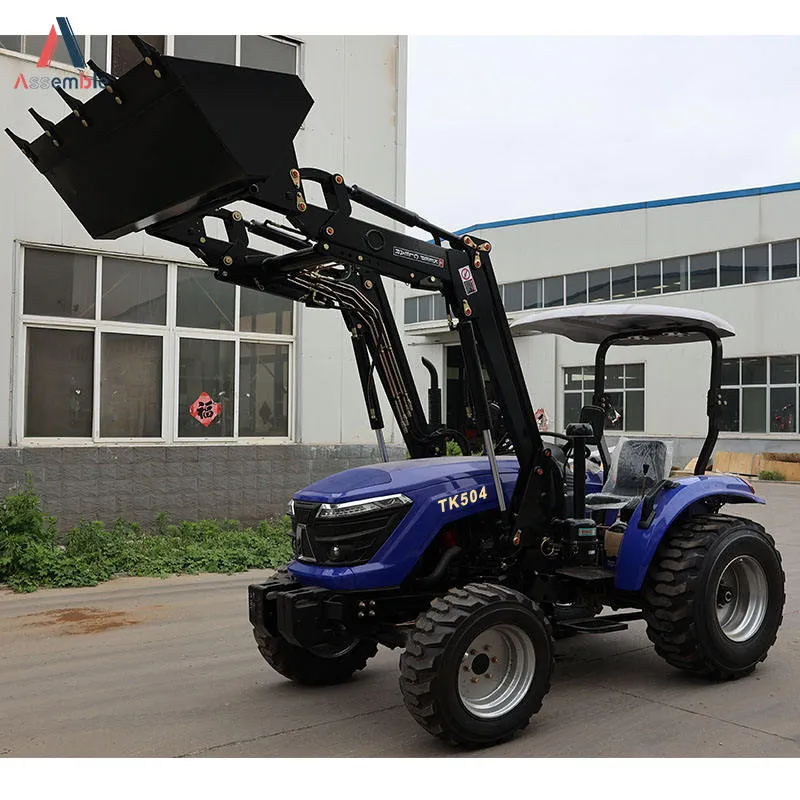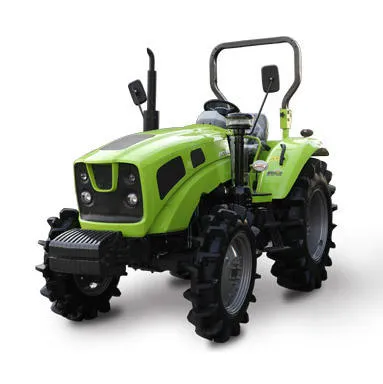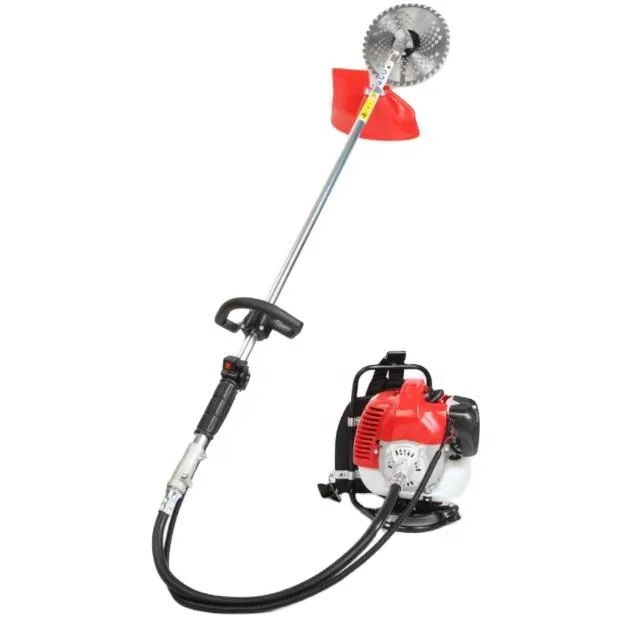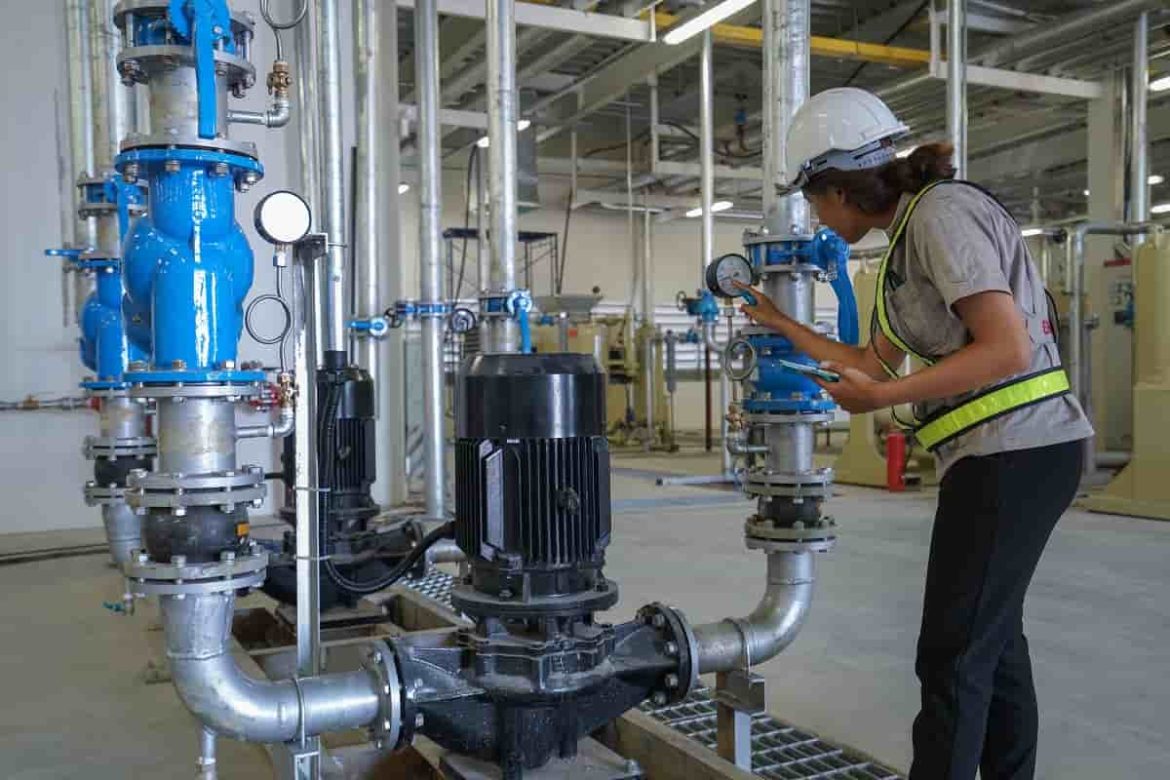In the world of agriculture, efficient and effective soil preparation is crucial for successful crop cultivation. Harrowing is an age-old technique that plays a vital role in achieving optimal soil conditions. This article delves into the art of harrow tool drawing, exploring its benefits, techniques, and the significance it holds for modern agricultural practices.
1. Inception of Harrows:
The harrow, as we know it today, traces its roots back several millennia. Initially, harrows were simple tools made of thorny branches and animal bones, which were dragged across the soil to loosen it. The invention of iron revolutionized harrow design, enabling farmers to achieve improved results with less effort.
2. Benefits of Harrow Tool Drawing:
a. Soil Aeration: The main objective of harrow tool drawing is to aerate the soil. By breaking up compacted soil layers, harrowing enhances air circulation, promoting root growth and nutrient absorption.
b. Weed Control: Harrowing disrupts weed germination and removes young weed seedlings by uprooting them. This reduces competition for nutrients, water, and sunlight, which would otherwise hinder crop growth.
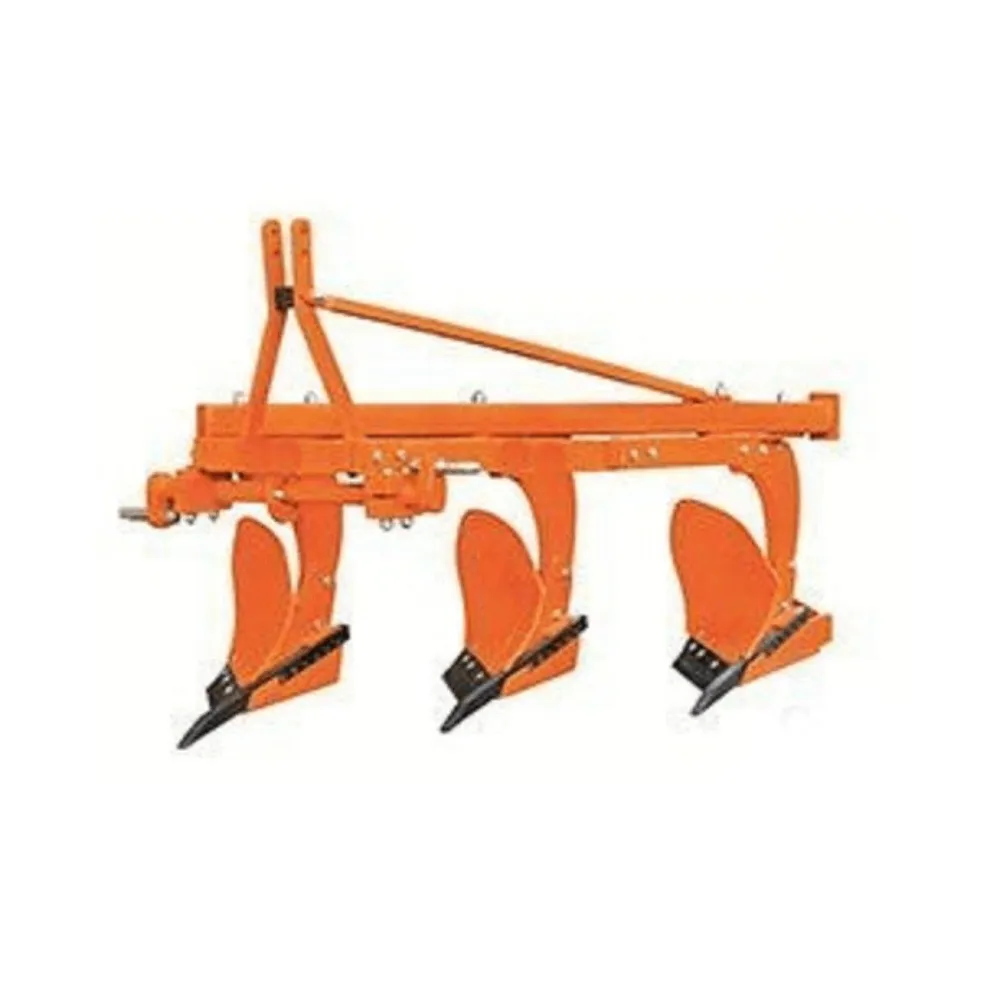
c. Incorporation of Organic Matter: Harrowing helps to incorporate organic matter, such as crop residues or manure, into the soil. This accelerates decomposition and nutrient release, enhancing soil fertility over time.
d. Smoothing the Soil Surface: Uneven soil surfaces can impede seed-to-soil contact, affecting germination rates and crop establishment. Harrowing levels the soil, creating a smoother surface for uniform seed placement.
3. Types of Harrow Tools:
a. Disc Harrows: These harrows consist of concave metal discs that cut through and break up the soil. They are highly efficient in tackling heavy residue or tilled soil.
b. Chain Harrows: Made of heavy-duty chains, these harrows are ideal for light tillage, seedbed preparation, and leveling. They can also be used for pasture renovation and manure distribution.
c. Spike-Tooth Harrows: These harrows feature closely spaced and pointed metal teeth that penetrate the soil, breaking up clods and leveling the surface. They are highly effective for seedbed preparation and weed control.
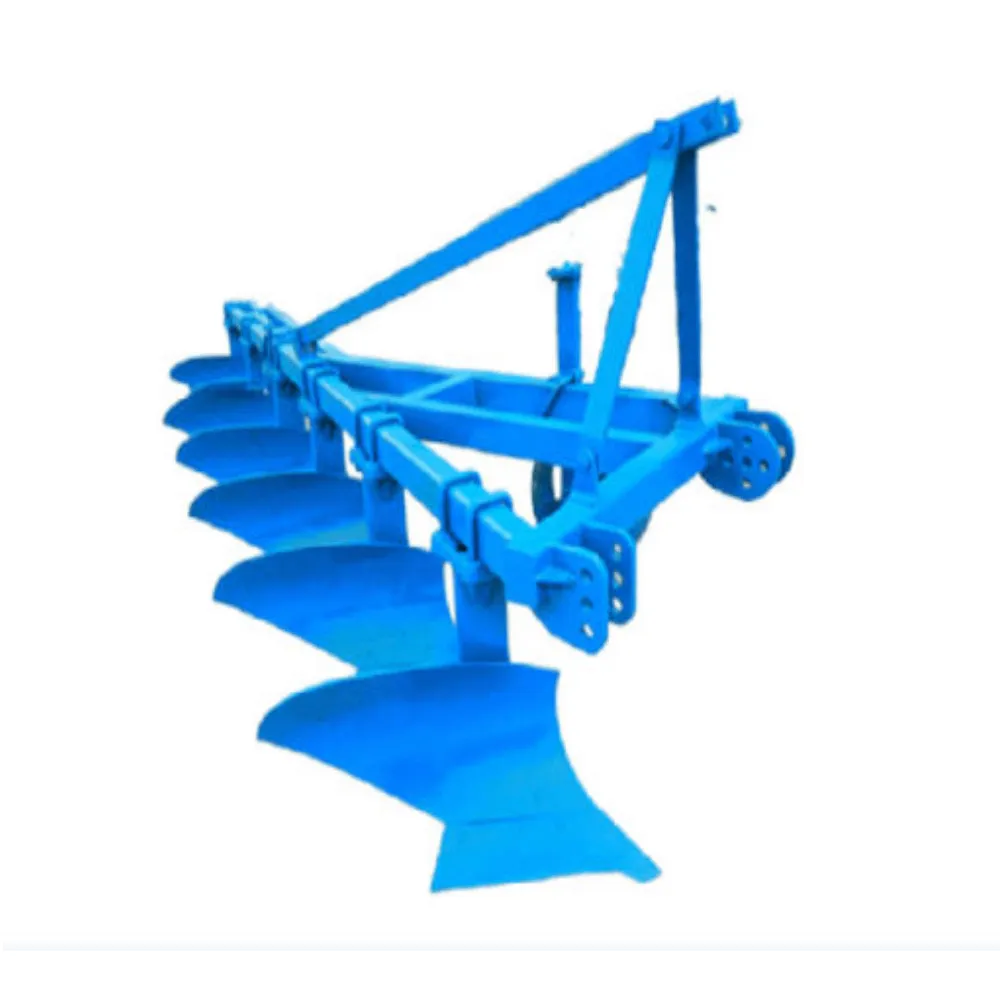
4. Techniques for Effective Harrow Tool Drawing:
a. Setting the Correct Depth: Adjusting the harrow’s depth ensures optimum soil penetration without causing excessive damage. It is crucial to strike a balance between thorough soil fracturing and avoiding overcompaction.
b. Proper Speed and Timing: Harrowing at the right speed and stage is essential for optimal results. Going too fast can lessen the harrow’s effectiveness, while harrowing too late might damage young plants.
c. Overlapping and Uniform Coverage: Overlapping the harrow passes ensures even coverage, disrupting the entire soil surface uniformly. This prevents missed spots and ensures consistent soil tilth across the field.
5. Modern Innovations in Harrow Technology:
To meet the evolving needs of agriculture, harrow technology has witnessed several advancements. Self-adjusting harrows, precision control mechanisms, and hydraulically powered harrow systems are examples of innovations that have improved efficiency and productivity in harrowing techniques.
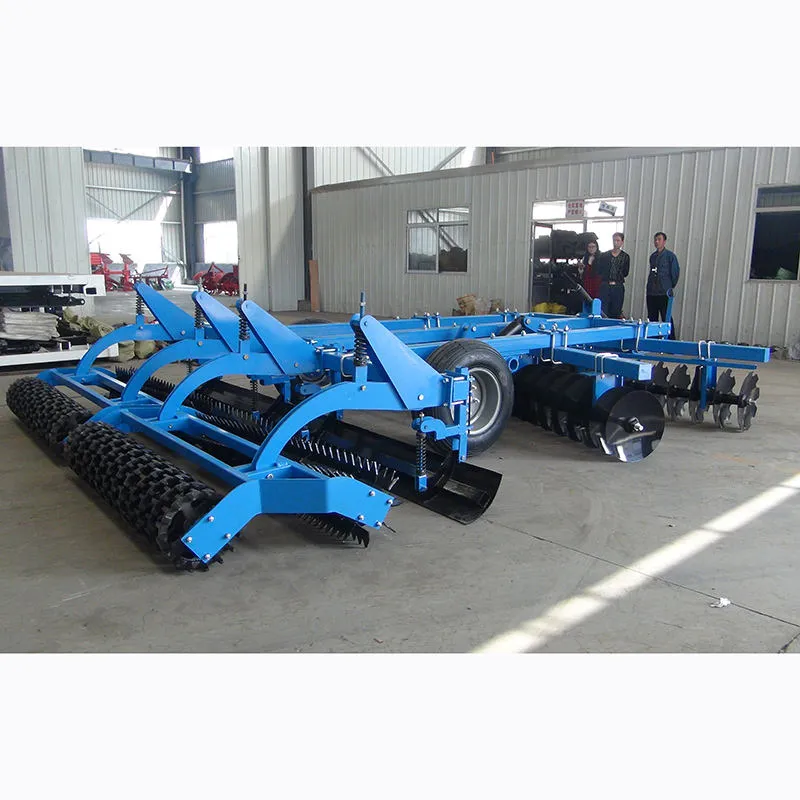
The art of harrow tool drawing continues to play a significant role in modern agricultural practices. By employing proper techniques, utilizing the appropriate harrow tool for specific soil conditions, and embracing technological advancements, farmers can enhance soil quality, increase crop yields, and contribute to sustainable farming practices. As agriculture continues to evolve, the ancient technique of harrowing remains an integral component in the pursuit of efficient and environmentally friendly soil preparation.
